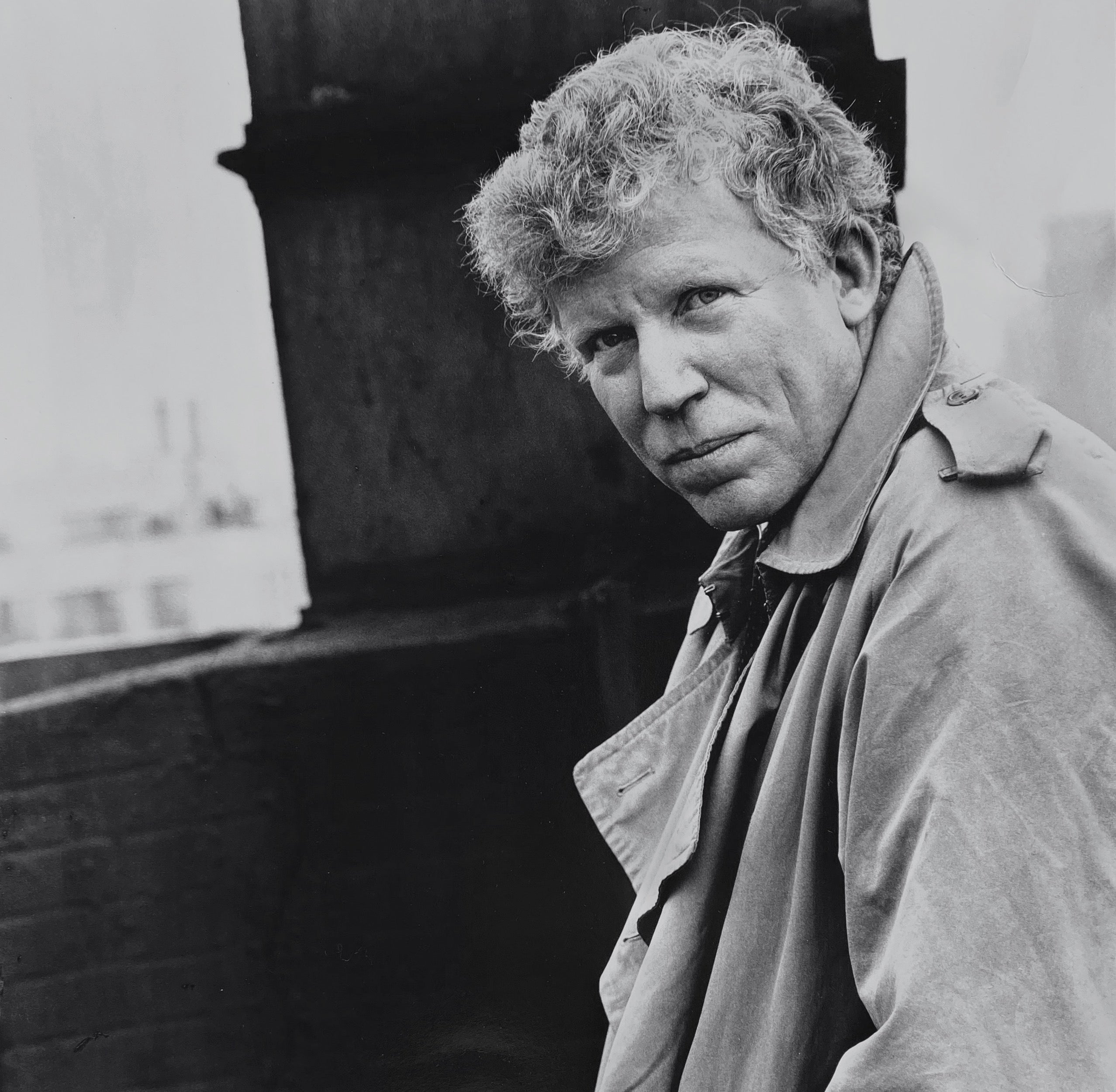ANSON, ROBERT SAM (12 Mar. 1945 – 2 Nov. 2020) was a Cleveland-born journalist and author who penned six non-fiction books and scores of articles for magazines such as Vanity Fair, Time, Esquire, Life, and The Atlantic.
Born Robert Sam Zimdar, Anson was raised by his mother and maternal grandparents, taking their last name after his parents divorced. His mother, Virginia Rose Anson, was a teacher and principal in the CLEVELAND HEIGHTS school system. His grandfather, Sam B. Anson, had a 52-year journalism career, including city editor for all three Cleveland daily papers, the CLEVELAND NEWS, PLAIN DEALER, and CLEVELAND PRESS.
Anson was expelled from Campion Jesuit High School, a boarding school for boys in Prairie du Chien, Wisconsin, for what he said was his “resistance to idiotic rules.” His punishment for one misdeed was to copy, by hand, Stephen Crane’s The Red Badge of Courage, which he later stated “proved useful” when writing about the VIETNAM WAR. He graduated from ST. IGNATIUS HIGH SCHOOL in 1963 and went on to the University of Notre Dame, where he co-founded the daily student newspaper, The Observer. As a student, Anson delivered editorials on the evening news via the campus radio station. Loudly and publicly critical of the war and Lyndon B. Johnson, Anson was a perpetual thorn in the side of Father Theodore M. Hesburgh, long-time university president, who once called Anson "the most difficult student" he had ever encountered.
After college, Time magazine hired Anson to work in its Los Angeles bureau covering politics, organized crime, and what Anson described as "a smorgasbord of mayhem,” which included the killing of the actress Sharon Tate and others by followers of Charles Manson.
By 1969 Anson, accompanied by his 21-year-old wife, 17-month-old daughter, and a son of 5 weeks, was in Vietnam covering the Vietnam War as a correspondent in Time magazine's Saigon bureau. In 1970, he was captured by North Vietnamese forces and held for 17 days. Anson chronicled his Vietnam experiences in his book War News: A Young Reporter in Indochina, which was published in 1989. After returning from Southeast Asia, Anson followed the 1972 presidential campaign, which led to his first book, McGovern: A Biography. Other titles include "They've killed the President!": The Search for the Murderers of John F. Kennedy (1975), Gone Crazy and Back Again: The Rise and Fall of the Rolling Stone Generation (1981), Exile: The Unquiet Oblivion of Richard M. Nixon (1984), and Best Intentions: The Education and Killing of Edmund Perry (1987).
Anson was named editor of Los Angeles magazine in 1995, setting off a tumultuous period in which 17 of the magazine's 19 contributing editors left within two months. "Robert Sam Anson is a bull who carries his own china shop around him," stated Rod Lurie, the magazine's one-time film critic. After five months at the magazine, Mr. Anson was fired.
Writing from an Airstream trailer kept behind his house in Sag Harbor, NY, Anson went on to create immersive articles about powerful people, social change and conflict: movie mogul and dealmaker Charlie Bluhdorn; rap icon Tupac Shakur; record executive Clive Davis; Sony Music chairman Tommy Mottola; Green Beret captain Jeffrey MacDonald; music impresario Phil Spector, and Wall Street Journal reporter Daniel Pearl.
According to a 1995 profile in the L.A. Times, Sam Anson was among "the last of a breed of broad-shouldered, bare-knuckled, '70s magazine journalists who will chopper into any hellhole on Earth and come back with an epic story." Anson died on 2 Nov. 2020 (age 75) due to complications from dementia.
Jim Culley
Updated by Christopher Roy
Last updated: 12/14/2023
Friend, David. "Farewell, Robert Sam Anson (1945–2020)." Vanity Fair. Nov. 6, 2020.
Schudel, Matt. "Robert Sam Anson, journalist who chronicled war, power and social ills, dies at 75." Washington Post. November 7, 2020.
Seelye, Katharine Q. "Robert Sam Anson, ‘Bare-Knuckled’ Magazine Writer, Dies at 75." New York Times. Nov. 6, 2020.


